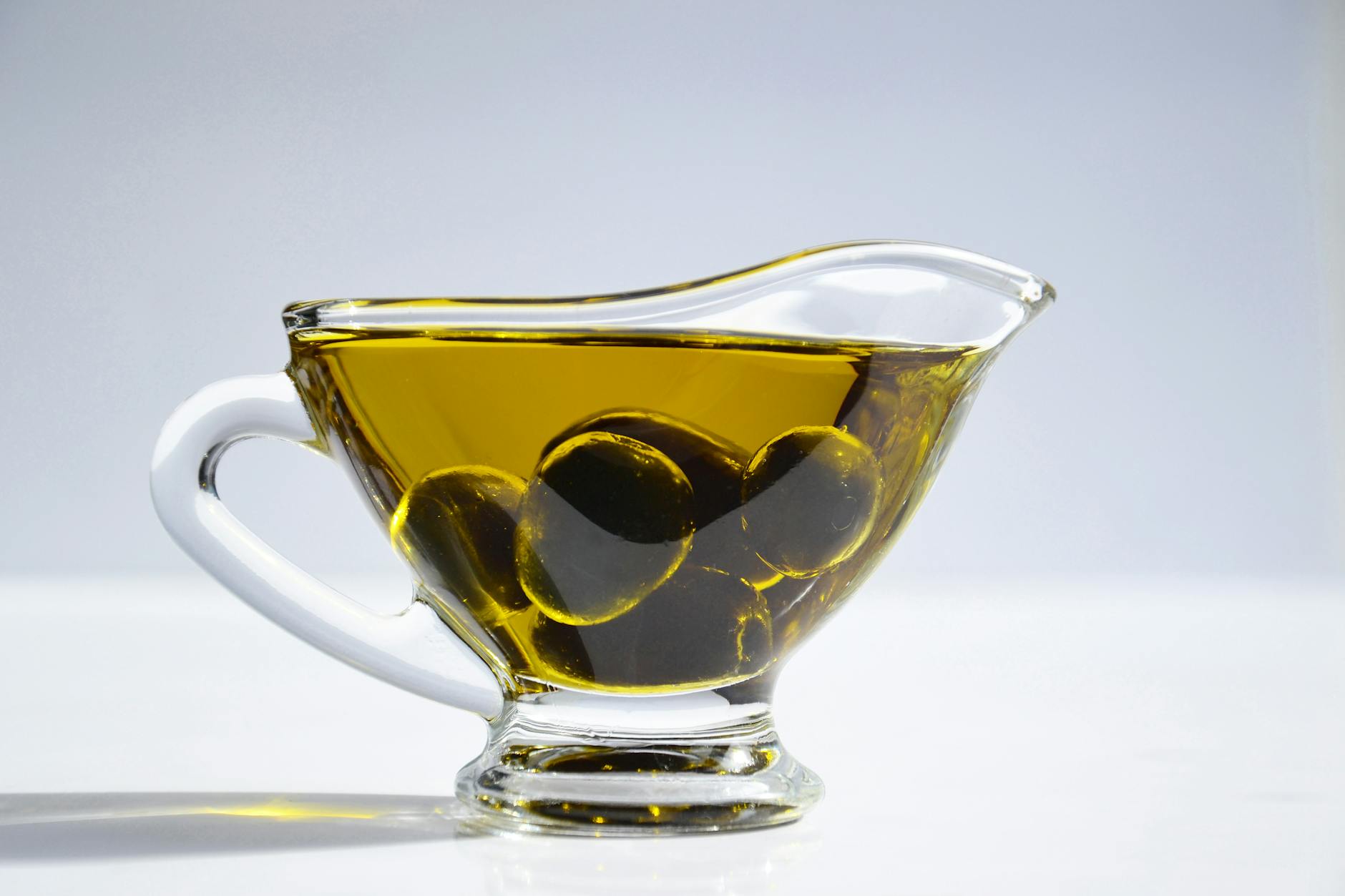Understanding Cooking Measurements
Cooking’s not just about throwing food in a pot and hoping for the best. Getting those measurements spot on is how a recipe goes from “meh” to music in your mouth. Balancing ingredients just right is the secret to the taste and feel of your final creation. Knowing how to switch between measuring by volume and weight is like the secret handshake for consistent kitchen success.
Importance of Accurate Measurements
Think of cooking measurements like a treasure map. Each teaspoon or cup isn’t just a suggestion—it’s the precise stop needed to find that flavor gold. Stray too far from the path and you might end up somewhere unexpected, flavor-wise. Missing the mark can tweak the taste, mess with the consistency, and leave you with a dish that’s more “nice try” than “nailed it.”
Stick to the right measurements, and both home cooks and their fancy chef counterparts can whip up tried-and-true dishes again and again. Whether it’s a desert that whispers “eat me” or a dinner that demands attention, nailing those numbers is key to culinary success.
Converting Between Volume and Weight Measurements
In the cooking universe, hopping between volume and weight is common. We all love our cups and tablespoons, but grams and ounces? They bring the precision party to the kitchen. This is a big deal, especially when you’re fiddling with ingredients like oils—they’ve got tricks up their sleeves, density-wise.
To transform cups into grams or any other switcheroo, you need some trusty conversion factors. These little helpers take density on board to ensure an easy switch between these measurement systems. And when you’ve got oil in the mix, knowing your oil’s density is crucial for that spot-on conversion.
Learning how to swap between volume and weight isn’t just a skill—it’s empowering. With this knowledge, folks can tweak recipes, bend to dietary needs, and get creative without losing the integrity of their dish.
So if you’re a pro or just starting your kitchen journey, appreciating the value of spot-on measurements and being able to switch between systems can really open up your cooking world. Get precise to conjure up dishes that dazzle and amaze.
Converting Cups to Grams for Oils
Cooking sometimes feels like a chemistry experiment—everything needs to be just right. Getting measurements spot-on, like changing cups into grams, is a bit of a trick, especially when oils are involved. Let’s figure out how to make these conversions and get all the details about what affects the process.
Factors Affecting Conversion
What makes converting oil measurements tricky? Well, different oils have their quirks. The thickness and weight, not to mention being hot or cold, can change things up. For example, olive oil and coconut oil don’t weigh the same, even if you pour the same amount. Each oil has a unique “formula” when swapping cups for grams.
The kind of oil you grab off the shelf matters for the conversion math. Lighter ones, like vegetable oil, will have a lower number of grams than something like coconut oil, which is a bit denser. Knowing these quirks helps you nail down the exact amounts you need in your pots and pans.
General Guidelines for Converting Oil Measurements
Here’s a cheat sheet for switching oil amounts from cups to grams. These numbers give you a ballpark but keep in mind they might shift a bit depending on the oil brand or type.
| Type of Oil | Conversion Factor (1 cup to grams) |
|---|---|
| Vegetable Oil | 224 grams |
| Olive Oil | 216 grams |
| Coconut Oil | 225 grams |
| Canola Oil | 220 grams |
These numbers provide a good base for your recipe conversions. But hey, if you want to hit the nail on the head, pop that oil on a kitchen scale and check its grams directly. Scales sidestep any mix-ups from using cups, making sure your sauces and salads come out perfect.
Want more tips on converting other cooking measurements or exploring more oil specifics? Check out our articles on how many grams in a cup solid and how many grams of coconut oil in a cup. Getting the hang of these conversion skills means mastering your cooking craft, turning out delicious meals every time.





